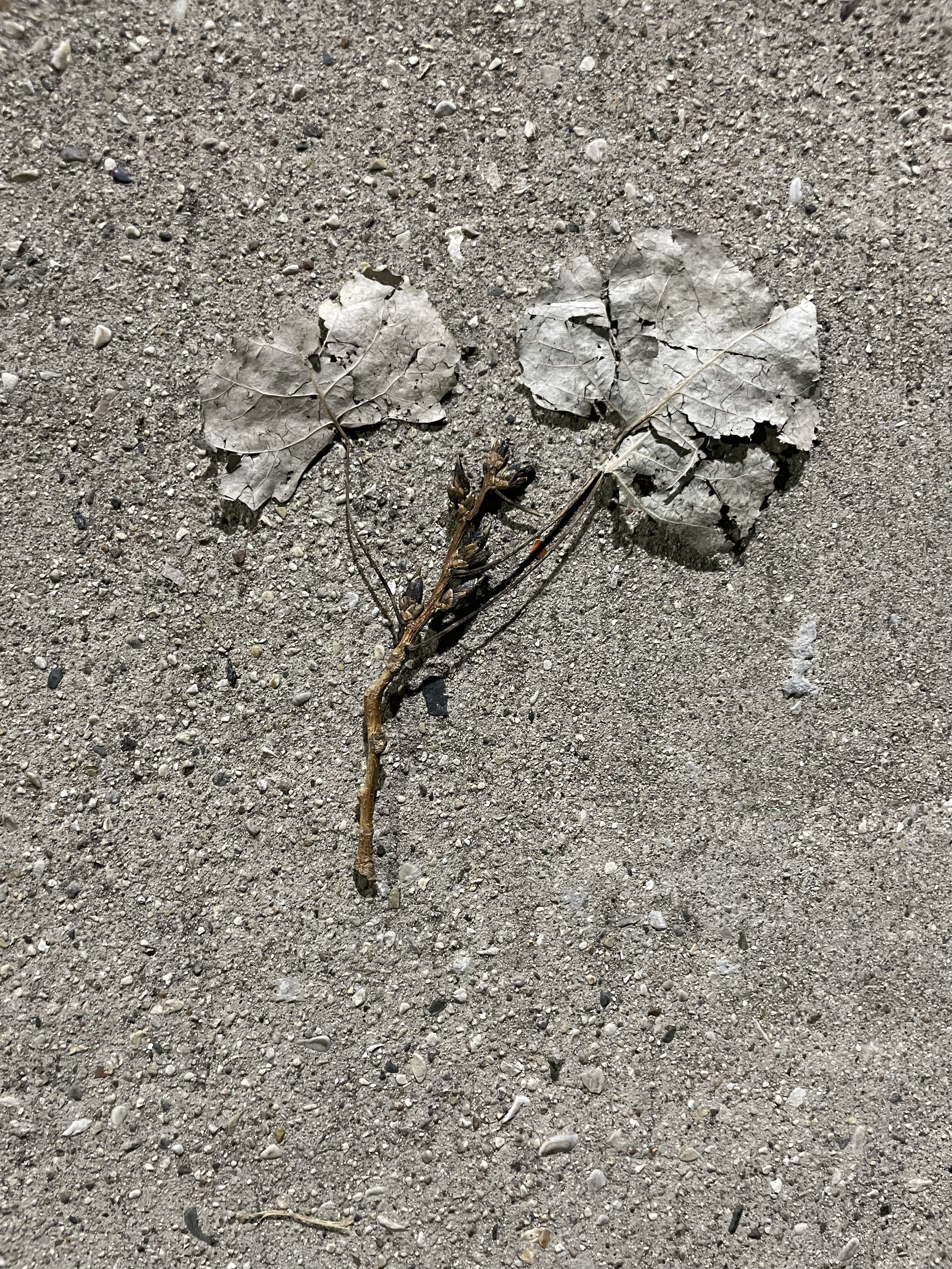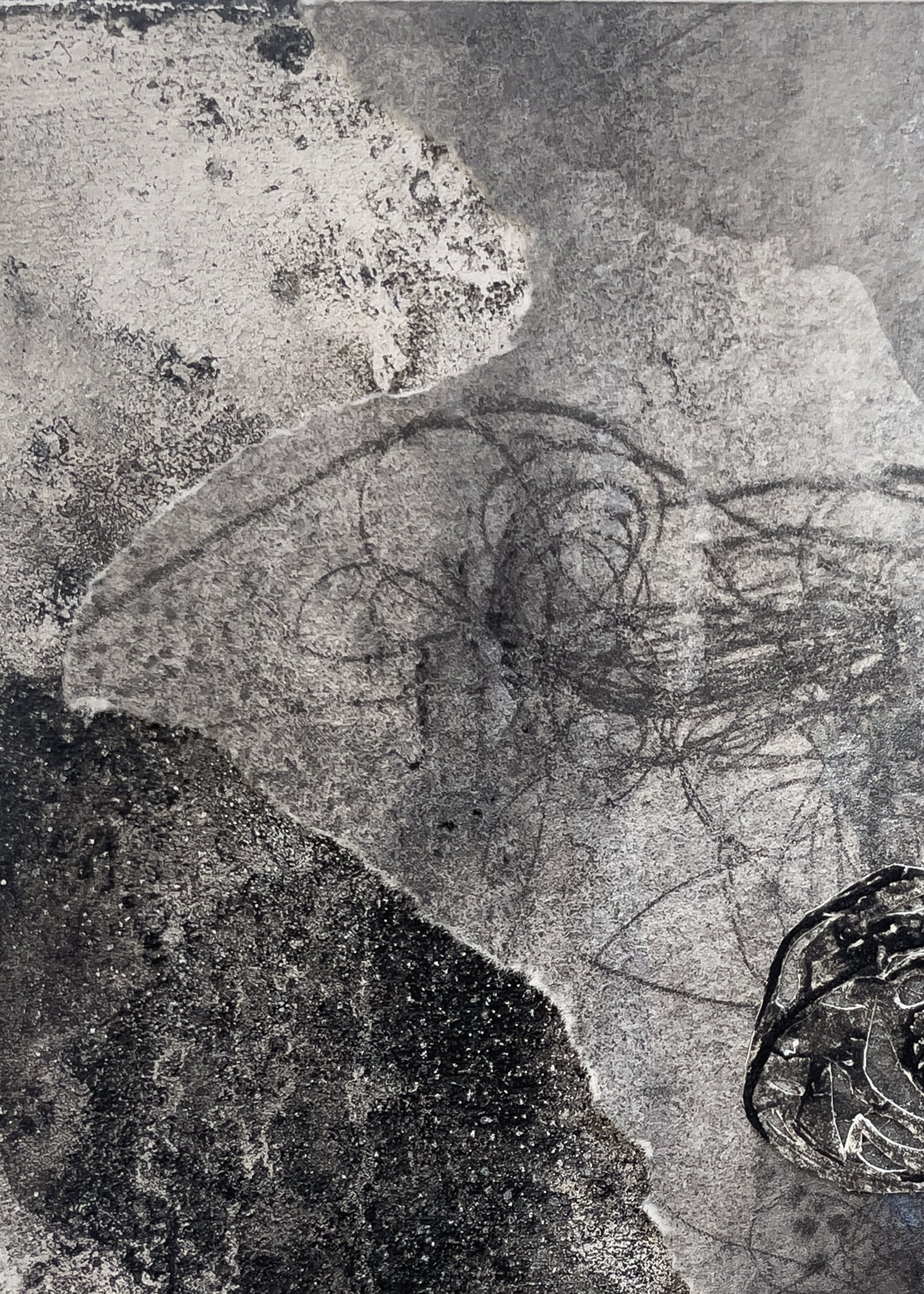What the Stone Remembers
Here, in sediment the color of mourning, a plant once pressed its green mouth to sunlight, before the earth swallowed it whole. I think of how we preserve what we cannot keep—how the stone remembers what the flesh forgets.
In Seoul, there is a woman whose hands once held me, whose milk I drank before language divided us like continents. Her fingerprints, fossilized in my marrow, a archaeology I carry but cannot read.
The paleontologist tells me how pressure creates preservation: weight over time equals permanence. I think of the weight of not knowing, how it presses my mother tongue into silence, leaves only the impression of what was once alive.
Ma, I whisper to the fossil, eomma, I say to the stone. The Korean spills from my mouth like sediment, each syllable a small burial.
As I carefully untangle my past from overtaking my present, I am aware of the delicacy of the fibrous nature in which it shreds, splits, and severs if not tended with the utmost care and respect—
how memory, like this ancient fern, can crumble at the wrong touch. How some preservation requires forgetting. How some forgetting is its own kind of love.
In the photograph, branching veins reach toward what was once sky. I trace them with my finger, these pathways to nowhere, and wonder if somewhere in Seoul, a woman is tracing the same lines in her palm, wondering if they lead to me.
The fossil does not answer. The stone keeps its secrets. But here, pressed between then and now, I am learning that some things survive not by staying whole but by leaving beautiful breaks.


